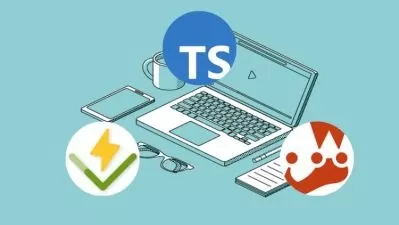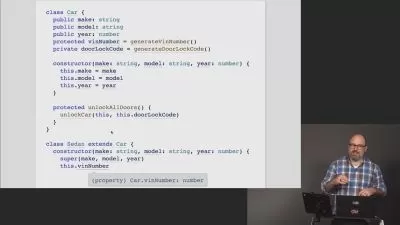Creating Asynchronous TypeScript Code
John Papa
1:50:48
Description
This course gently teaches you how to identify when to write asynchronous code, how to pass callback functions as parameters to functions, how to create and resolve/reject promises, and create and handle asynchronous functions with async/await.
What You'll Learn?
Asynchronous code makes the web come alive, and you’ll want to know how to identify it, respond to it, and write it. In this course, Creating Asynchronous TypeScript Code, you will learn to write asynchronous code with TypeScript, following async practices with callbacks, promises, and the async/await pattern.
First, you will explore how to identify when to write asynchronous code. Next, you will learn how to pass callback functions as parameters to functions. Finally, you will discover how to create and resolve/reject promises, and create and handle asynchronous functions with async/await.
By the end of this course you will be able to apply asynchronous coding patterns as you develop with TypeScript.
More details
User Reviews
Rating
John Papa
Instructor's Courses
Pluralsight
View courses Pluralsight- language english
- Training sessions 41
- duration 1:50:48
- level preliminary
- Release Date 2023/12/06









